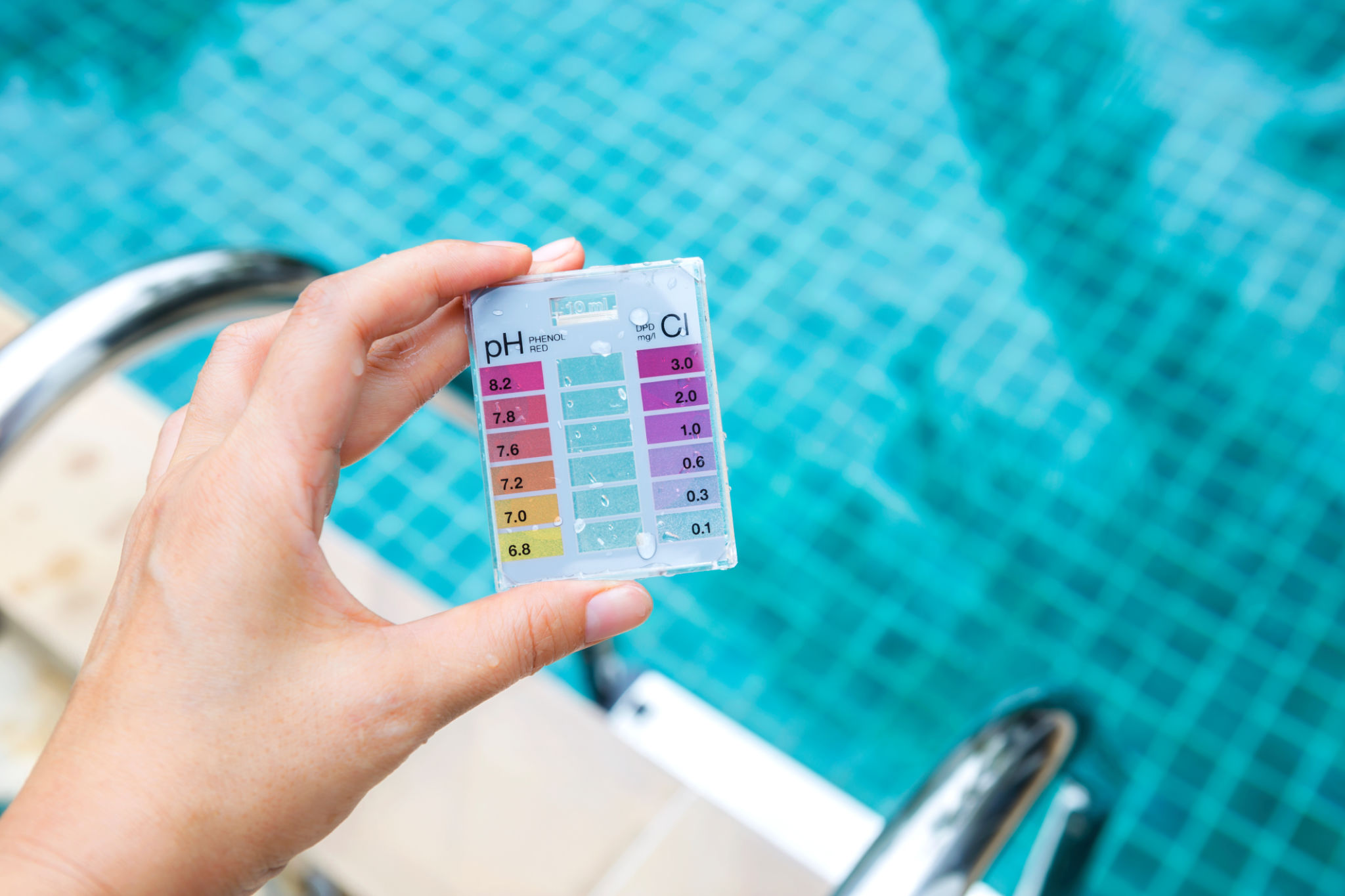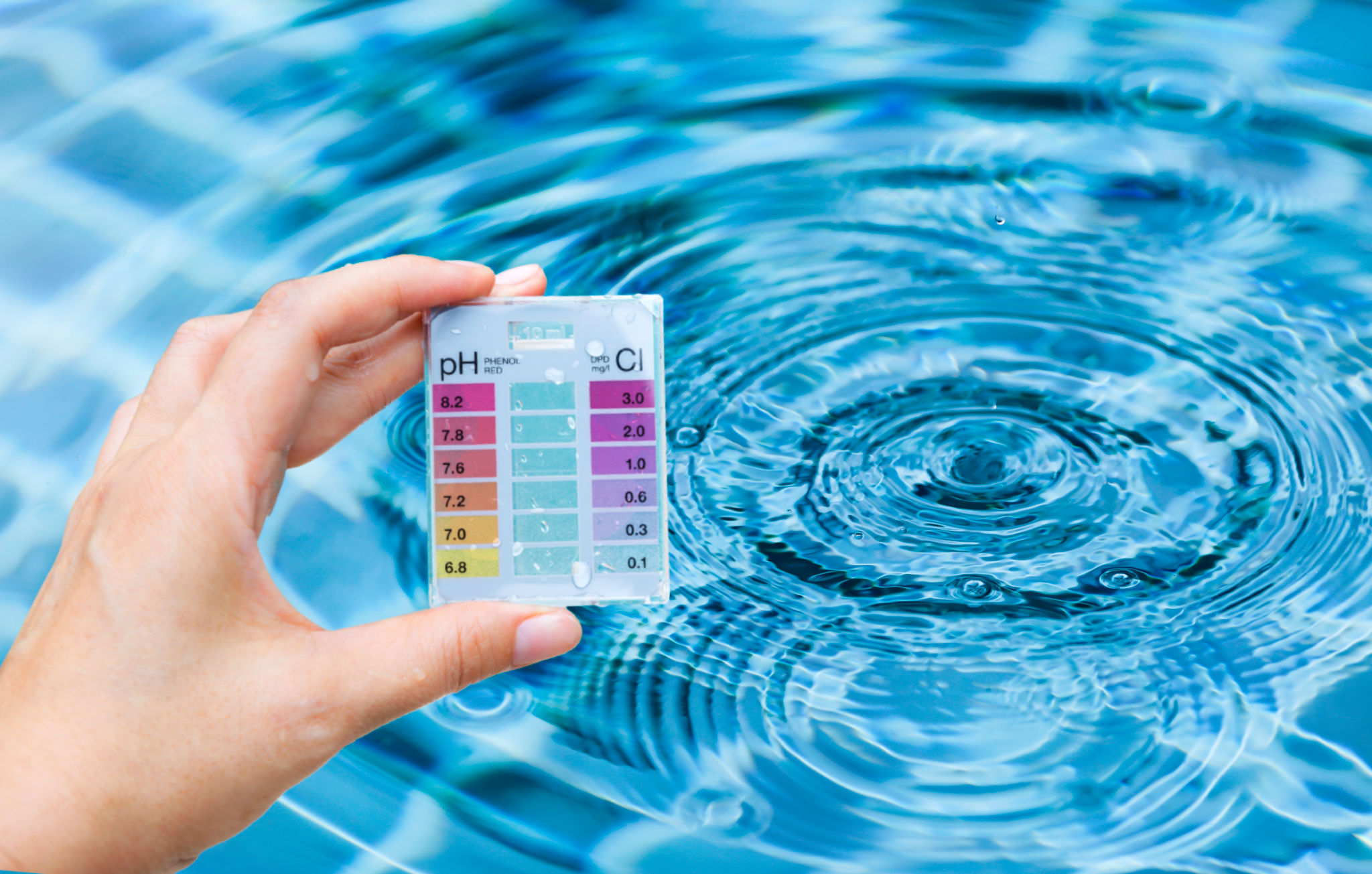How to Test Your Pool Water Like a Pro: DIY Tips from Happy Splash
Why Testing Your Pool Water is Essential
Owning a pool can be a great source of enjoyment, but maintaining it requires regular care and attention. One of the most crucial aspects of pool maintenance is testing the water. Proper water balance ensures a safe and pleasant swimming environment, preventing issues like algae growth, equipment corrosion, and skin irritation. By testing your pool water regularly, you can keep it clean and safe for everyone to enjoy.
Tools You'll Need
To test your pool water like a pro, you'll need some basic tools. Here’s a list of essentials:
- Test Kit: A comprehensive test kit that checks for pH, chlorine, alkalinity, and other crucial levels.
- Test Strips: Easy-to-use strips for quick checks.
- Syringe or Dropper: For precise measurement of reagents.
- Clean Sample Container: To collect water samples without contamination.

Step-by-Step Guide to Testing Your Pool Water
Testing your pool water doesn’t have to be complicated. Follow these steps to ensure accurate results:
Gather Your Sample
Start by collecting a water sample from your pool. Use a clean container and dip it about elbow-deep into the water. This ensures you're getting a representative sample from the middle of the pool, away from skimmers and returns.
Conduct the Tests
Using your test kit or strips, follow the instructions carefully to check the levels of chlorine, pH, and alkalinity. If using a liquid test kit, add the appropriate reagents to your sample and compare the resulting color to the chart provided with your kit.
Interpreting Your Results
Once you have your test results, it’s time to interpret them. Ideal ranges for pool water are typically:
- pH: 7.2 to 7.6
- Free Chlorine: 1 to 3 ppm (parts per million)
- Total Alkalinity: 80 to 120 ppm
If your readings fall outside these ranges, adjustments will be necessary to bring your pool back into balance.

Adjusting Chemical Levels
If you discover imbalances in your pool, you’ll need to adjust the chemical levels accordingly. Here’s a quick guide:
- Low pH: Add a pH increaser or soda ash.
- High pH: Use a pH decreaser or muriatic acid.
- Low Chlorine: Shock the pool or add more chlorine.
- High Alkalinity: Use muriatic acid to lower it.
Regular Maintenance Tips
Testing your pool should be part of a regular maintenance routine. Aim to test at least once a week, or more frequently during heavy use or extreme weather conditions. Keeping a log of your test results can help you identify patterns and make informed decisions about future maintenance.
Incorporate these DIY testing tips into your pool care routine, and you'll be well on your way to maintaining a healthy and inviting swimming environment all season long!

